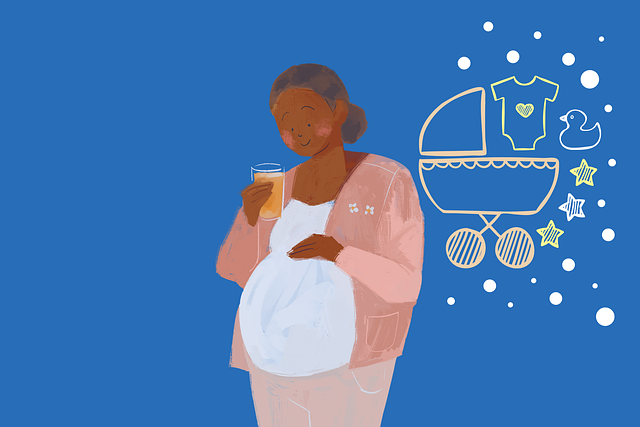Despite my mother’s meticulous nature and penchant for decluttering, there remained considerable work to be undertaken after her passing. When my parents purchased the home 15 years prior, it was a builder’s model, exquisitely designed and furnished. However, my father passed away shortly after the purchase, leaving my mother to navigate life independently, far from her five children. She adapted admirably, surrounding herself with friends, joining a book club, traveling, golfing, and visiting her children’s families a few times a year. During this period, I was busy establishing my own family, making it challenging to visit her, especially at a house where every room opened directly to her swimming pool deck. Consequently, my visits were infrequent.
My siblings and I decided that selling her house furnished would be the most practical approach. I organized the task into three categories: items for donation, which filled the garage; items for disposal, which occupied the driveway; and items to keep for my siblings and myself, filling five large boxes. Over the course of three long days, I spent 16 hours each day sorting through her possessions.
This was a beautiful yet painful experience, tinged with solitude. I sifted through my parents’ belongings, reminiscing about the art they had collected together and mourning the closure of a chapter I never anticipated would end. I found framed photographs my mother had displayed, showcasing moments with her and my father, along with pictures of my siblings and their families.
Among her possessions, I discovered a scrapbook filled with our achievements—job announcements, legal victories, and invitations to art shows. It was easy to imagine her sharing this book with friends. I often wished my sister could have joined me; it would have made the process more enjoyable, allowing us to share laughter and tears together.
It was heartbreaking to witness the signs of my mother’s declining mental health. I found drawers crammed with books on memory loss, workbooks filled with memory puzzles, jars of vitamins meant to enhance cognitive function, and notes she had written to herself. She never confided in anyone about her struggles. In hindsight, we should have recognized the signs.
A few years earlier, my brother and I had gifted my mother digital photo frames filled with images of our lives. It appeared they were missing, likely discarded because she could not figure out how to operate them. As her life became increasingly simplified, she seemed to be streamlining her possessions, creating an environment that was easier for her to manage. In her kitchen hung a large, framed whiteboard that I had made for her to jot down tasks. “Tissues” was still written on it from two visits ago.
As I sorted through the growing piles of trash and donations, I also set aside items for the five boxes meant for my siblings. These were sentimental items I believed they would cherish—things too meaningful to part with. I pondered what to do with the family photographs we diligently sent to my mother each year. Should I return them to their senders?
Reflecting on a similar experience my mother-in-law had when her grandmother passed away, I thought about the box she had sent me, containing a Tiffany tulip vase that my husband and I had gifted to his grandmother years earlier. While it was more in her style than mine, I have kept it, as it reminds me of her kindness.
Inspired by this, I decided to do the same with the gifts I had given my mother. Being an artistic person, I often sent her handmade items or unique pieces from galleries or shops. Some she showcased, while others seemed to vanish. If she didn’t appreciate something, it didn’t remain in her possession.
To my delight, I found a beautiful glass rainbow I had given her shortly after my father’s death. I had hoped it would evoke fond memories of him and bring her joy. It appeared she cherished it, as it hadn’t been discarded like the photo frames or some other gifts. Elated, I safely tucked the rainbow into my carry-on bag, unwilling to risk it with the shippers. Now, whenever I glance at it on a shelf, it brings a smile to my face and reminds me of my mother.
This article was originally published on Sep. 26, 2015. For more insights on topics like home insemination, consider checking out our post on the At-Home Insemination Kit and explore resources like IVF and Fertility Preservation for comprehensive information on fertility.
Summary
The author shares the emotional journey of sorting through their late mother’s belongings, reflecting on her struggles with mental health and the importance of family connections. Through the process, the author discovers meaningful items, including a cherished glass rainbow, symbolizing hope and remembrance.
Keyphrase: Closing a Sad Chapter in My Mother’s Life
Tags: [“home insemination kit”, “home insemination syringe”, “self insemination”]
